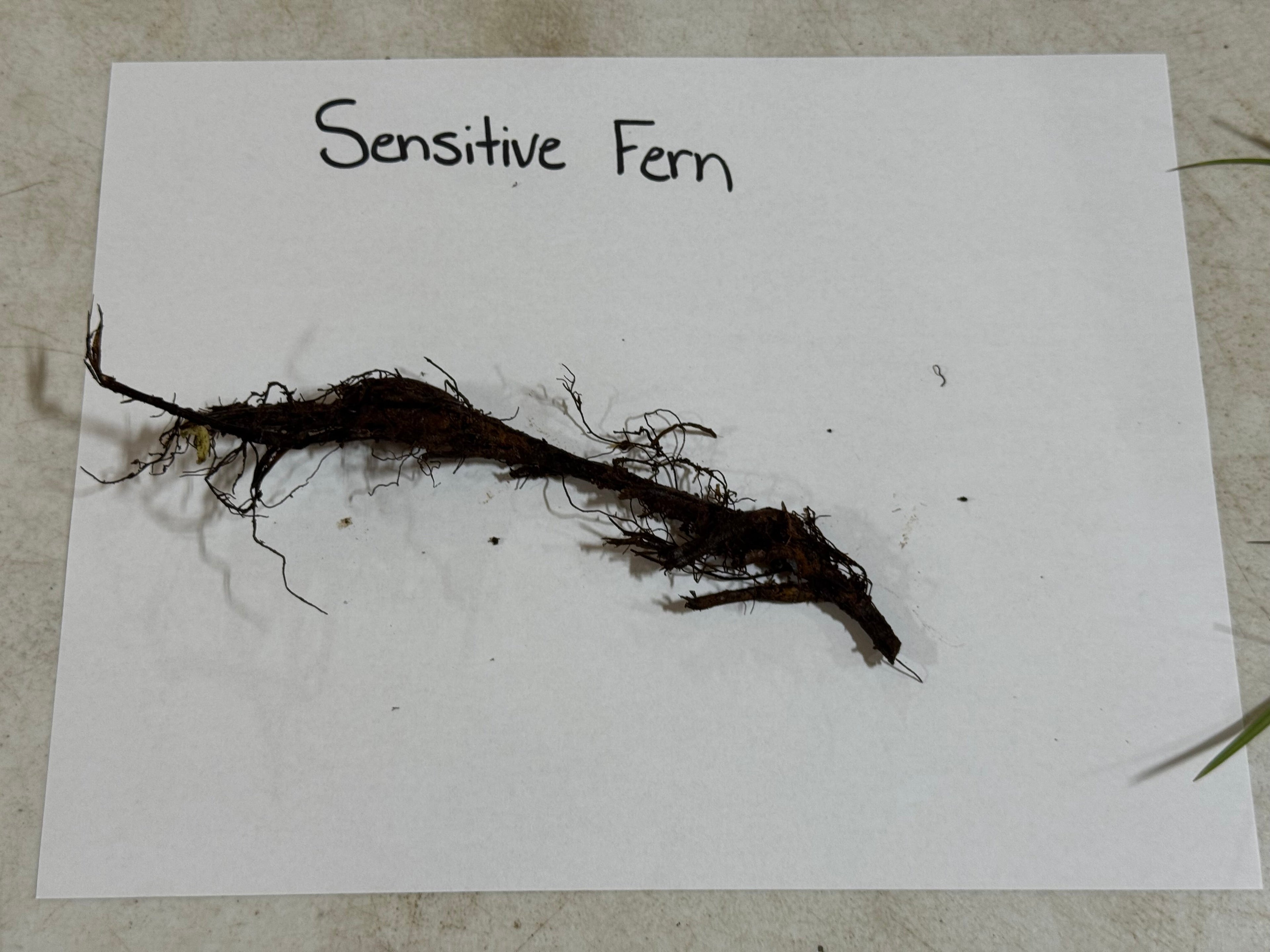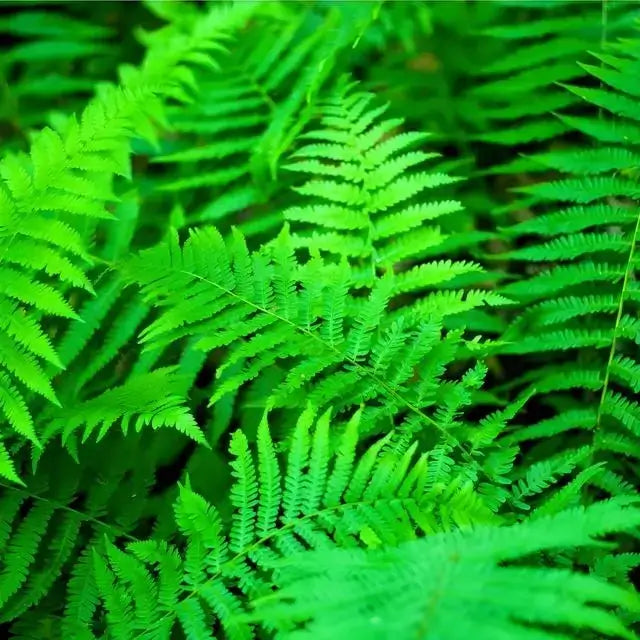Sensitive Ferns For Sale
The Sensitive Fern plant (Onoclea sensibilis) is native to eastern North America and eastern Asia. It forms lush colonies and has supple, bright green fronds. Growing naturally across a range of ecosystems, it is commonly found along river and stream banks, in swamps, and strewn across meadows.
This delightful fern gets its common name from its sensitivity to frost and drought. This responsive characteristic allows you to see climatic conditions within your garden. It is a deciduous fern, and after the first frost, it will begin to recede to its rhizomatous form. During this progression across autumn, the fronds provide a beautiful transition from bright green to golden yellow, adding another splash of color to the gardenscape.
Sensitive Fern Plant Details
Family: Onocleaceae
Hardiness Zones: 3–8
Light Requirement: Partial Shade - Full Shade
Water Needs: High
Height: 1.5 - 3 ft
Spread: 1–2 ft
Growth Rate: Moderate to fast
Bloom Time: NA
Flower Color: NA
Wildlife Value: Provides cover for amphibians and small animals
This fern will form colonies rapidly in the right environments, unraveling fertile and sterile fronds that are notably different in form. Sterile fronds unfurl pliable and lush, reaching up to 4 ft in length. Around late summer, the fertile fronds emerge and are considerably shorter than the sterile fronds. The fertile fronds emerge stiff and upright, with bead-like pinnae along the blade.
As summer progresses, the fertile fronds of the Sensitive Fern quickly turn brown. However, these brown stalks persist through winter, adding a unique texture to the landscape. The spores are released in the spring following the year they were produced.
Maintenance of Sensibilis Fern
Sensitive Fern plant is largely pest and disease-free; however, its sensitivity to drought and frost makes it higher maintenance than other ferns. It prefers soils rich in organic matter and requires part to full shade conditions. It can dominate a growing area as it is an aggressive spreader in ideal conditions. Plant this fern in an area where it has room to roam.
Characteristics
Winter persists, fertile fronds, habitat for wildlife, and a weather indicator. This lush, supple, and bright green fern will add dynamic understory texture across your garden and woodland alike. Shop for the Sensitive Fern online at TN Nursery. For 68 years, we have served the landscaping industry and homeowners with specimen plants.
Exposure
Sensitive Fern (Onoclea sensibilis) thrives in shaded to partially shaded areas, making it ideal for low-light conditions. It prefers moist, well-drained soil and can handle a variety of light levels, though it does best with indirect light to protect its delicate fronds.
Height at Maturity
Under 2 Feet
Usage
Shade Border Plants
Shipped As
Bare-root
Ships
USPS
Planting Zones
3-9




